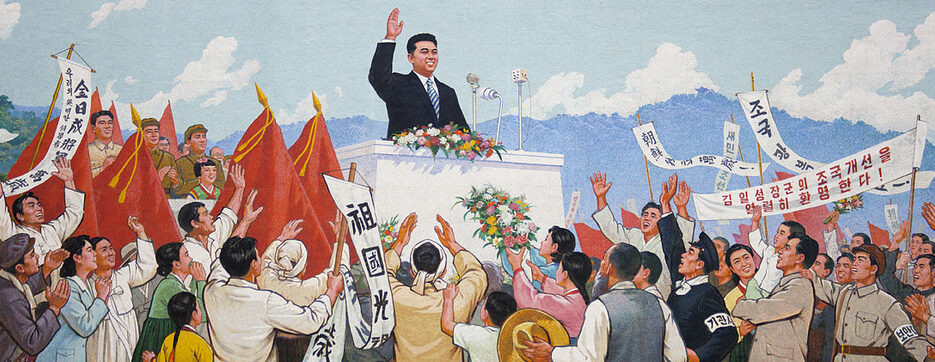About the Author
Fyodor Tertitskiy
Fyodor Tertitskiy is a lecturer at Seoul’s Korea University. He is the author of "Accidental Tyrant: The Life of Kim Il-sung" and several other books on North Korean history and military.

Get behind the headlines
|
Analysis Hero? Traitor? Vicious missionary? N.Korea’s many social labelsReference book contains stunning new details about regime's classification system  Many dictatorships like to divide their citizens into several categories. Nazi Germany, for example, had Aryans and non-Aryans, and apartheid South Africa had Whites, Blacks, Indians and colored people. However, when such a classification theory was applied in practice, officials were in trouble, as in many cases they did not know to which class a certain citizen belonged. If the state instructs you that a true Aryan is a blond person with blue eyes, would you say that the Führer himself is of pure blood? If only whites are considered to be “real people,” how shall one deal with Germany’s Japanese allies? Finally, who should be considered legally Jewish? All these questions were debated in Germany in 1930s. Communist countries had similar problems. The symbol of the USSR was the hammer and sickle, which symbolized the union of workers and farmers. Yet the Soviet Union proclaimed that apart from workers and farmers, some Soviet citizens are considered “civil servants” and some form the “layer of intellectuals.” And even this extended scheme failed to describe the whole society. One example: Who were officers in the Red Army? A usual answer was “civil servants,” but then why was the army called “the Red Army of Workers and Farmers?” © Korea Risk Group. All rights reserved. |